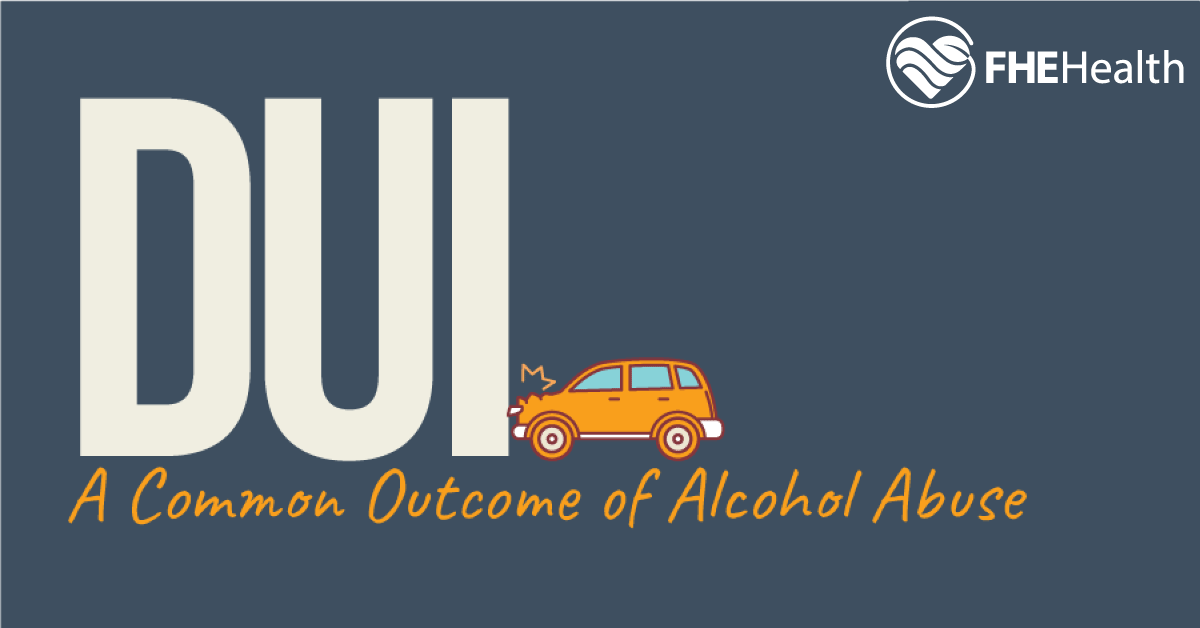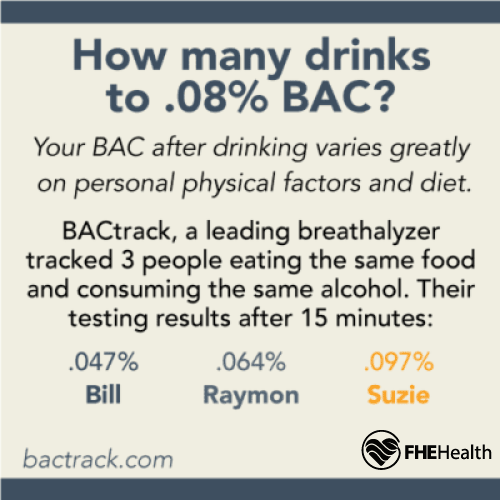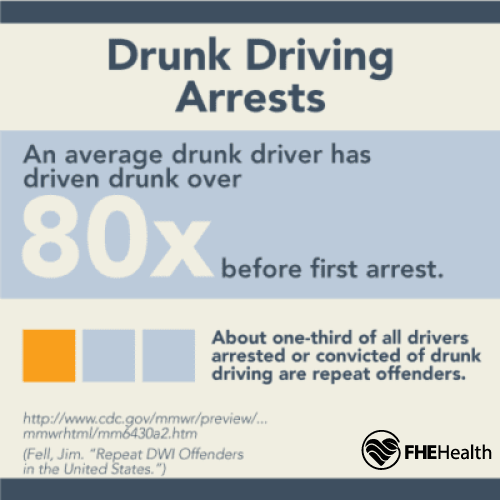
Research shows that alcohol abuse has negative health effects, including impaired judgment, poor coordination, vomiting, slurred speech and memory loss. If you choose to drive while intoxicated, alcohol abuse also carries a risk of legal consequences. All jurisdictions in the United States have recognized that driving under the influence greatly increases accident rates and have passed increasingly strict laws against DUIs. Possible drunk driving consequences include incarceration, fines and administrative restrictions.
Overview
Driving under the influence, or DUI, may also be known by other terms, such as driving while intoxicated or operating while impaired, depending on the state. Some of these charges may require alcohol to be the source of intoxication for these charges to apply. However, other charges are based on the driver’s degree of impairment, regardless of the causative agent.
In the United States, it’s generally illegal for anyone above the age of 21 with a blood alcohol concentration above 0.08% to operate a motor vehicle. The legal limit for drivers under age 21 varies by state and ranges from 0% to 0.02%. The operators of other types of vehicles, including airplanes, boats and commercial vehicles, also have legal BAC limits.
Accident Rates
The National Highway Transportation Safety Administration classifies a fatal collision as alcohol-related if it believes any driver or occupant had a BAC of at least 0.01% at the time of the collision. It also classifies nonfatal collisions as alcohol-related if the accident report indicates the presence of alcohol, regardless of whether any driver or occupant was tested for alcohol. This distinction is important because BAC values are unavailable for about 60% of the people involved in collisions. Furthermore, these classifications don’t necessarily mean the collision was caused by someone under the influence of alcohol.
In 2022, drivers aged 21 to 24 had the highest percentage of DUIs. Research also showed that men were almost four times more likely than women to drive under the influence. Alcohol was involved in 25% of crashes involving children, and 67% of all alcohol-related incidents involved a BAC of 0.15% or higher. Motorcyclists were particularly vulnerable to fatal accidents.
Laws
The laws related to DUI and alcohol addiction typically restrict a driver from operating a motor vehicle while impaired, although some states apply these laws to anyone in physical control of a vehicle. The key factor in determining if someone has violated a DUI law is generally whether a driver was impaired at the time of the accident. In the case of alcohol, the degree of impairment is assumed to be directly related to the driver’s BAC. However, the determination is much more difficult to make in the case of other drug use, such as prescription medication or illegal drugs.
Federal and state regulations limit the BAC for operators of motor vehicles. Federal legislation limits the BAC for commercial drivers to 0.04%, which is also the limit imposed on commercial drivers by the Federal Motor Carrier Safety Administration. Furthermore, the FMCSA requires commercial drivers with a BAC between 0.02% and 0.04% to be removed from duty for 24 hours.
All states in the United States use a BAC of 0.08% as the threshold for the presumption of guilt for DUI, although some states also have lesser charges for a lower BAC. For example, Colorado includes a lesser charge of “driving while ability impaired” for drivers with a BAC between 0.05% and 0.08%. All states also have a provision to cover circumstances where a driver appears to be impaired, regardless of their BAC. These circumstances can include cases where a driver is intoxicated by alcohol at a BAC below 0.08%, as well as intoxication by some other drug. These provisions are being used more frequently as more jurisdictions legalize marijuana.
Drunk Driving Consequences
Drunk driving consequences can be fast and severe. In the United States, 32 people die from drunk driving accidents every day. Drunk driving accidents contributed to 30% of traffic-related deaths in 2020, costing citizens about $123.3 billion in medical bills and other fees. As part of their DUI prevention efforts, state governments impose strict punishments for alcohol-related offenses.
The penalties for a DUI conviction may be classified into criminal and administrative penalties. Criminal penalties are the result of a criminal conviction, whereas a state agency imposes administrative penalties. Some states impose administrative penalties even if the driver isn’t convicted of the offense.
DUI penalties may include:
- Fines
- Jail time
- License suspension
- Vehicle loss
- Criminal charges
- Mandated alcohol abuse treatment
- Community service
The criminal penalties for DUI vary greatly by state and sometimes even by county. The level of enforcement is also highly dependent upon jurisdiction. DUI penalties in the United States are often less severe than those imposed in Europe, provided no one was hurt, although exceptions exist. For example, a 3-day jail sentence is mandatory for a DUI conviction in Ohio, even for a first offense. However, this sentence can be replaced by attending an alcohol education program of the same duration.
The Assimilative Crimes Act can impose administrative penalties for DUI. This federal legislation allows state law to apply on federal property when an act isn’t punishable under federal law. In particular, collateral actions related to a DUI conviction on federal land can be punished with administrative penalties.
The most common form of administrative penalty for a DUI is the addition of an SR-22 to the driver’s insurance policy. This addendum generally requires the convicted person to obtain additional insurance coverage or post a personal bond before a suspended license can be reinstated. The majority of states and the District of Columbia have an SR-22 requirement.
About FHE
DUI prevention includes getting treatment for alcoholism. If you’re struggling with alcohol abuse, FHE Health offers a confidential treatment program that includes detox therapy. This allows you to detox in a safe, medically supervised environment. Contact us today to learn more about how we can help you break the cycle of alcoholism.









